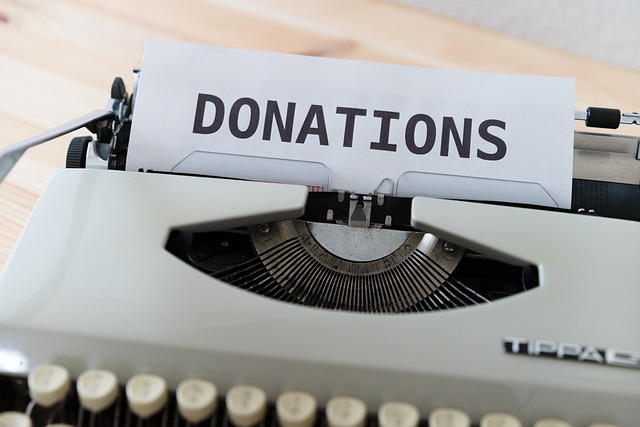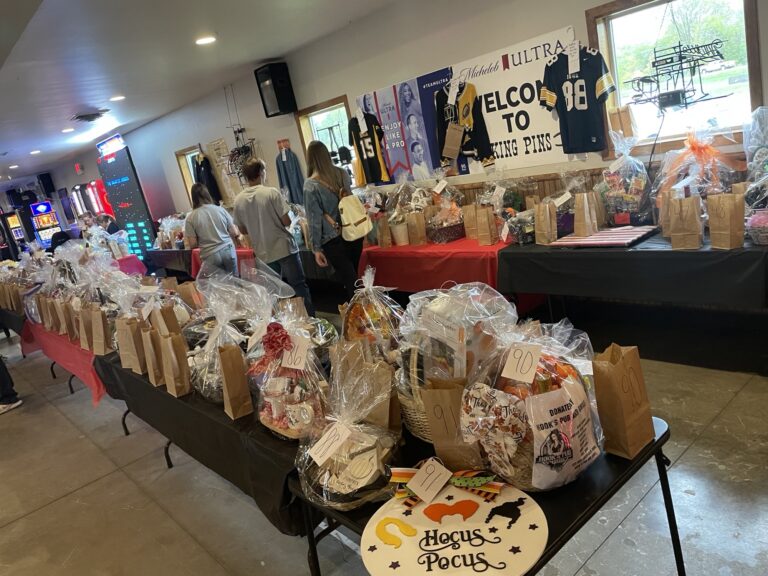Bringing Your Cause to Life: Organizing Benefit Fundraisers, Planning and Promotion
Organizing benefit fundraisers can be overwhelming. You want to make sure everything goes smoothly so that you can maximize the impact of your event and raise as much money as possible for your cause. That’s why I’ve put together this comprehensive guide to help you navigate the various aspects of organizing a successful benefit fundraiser.
If you’re struggling with selecting the right venue, setting achievable goals, securing donors and sponsors, coming up with creative fundraising ideas, promoting your event, managing volunteers, ensuring the safety and health of attendees, planning for contingencies, expressing gratitude, and more, don’t worry! I’ll provide you with valuable tips, strategies, and factors to consider for each of these areas.

Organizing Benefit Fundraisers
For example, when it comes to venue selection, consider factors such as the size and location of the space, its accessibility and amenities, and the atmosphere it creates. When setting goals, make sure they are specific, measurable, achievable, relevant, and time-bound (SMART). To attract donors and sponsors, create a compelling case for your cause, personalize your approach, and offer meaningful incentives. And when promoting your event, leverage various channels such as social media, email marketing, and traditional advertising, and don’t forget to engage with your audience.
By following the advice and recommendations in this guide, you’ll be well on your way to organizing a successful and impactful benefit fundraiser. So, let’s get started!
How do I select the right venue for my benefit fundraiser?
Selecting the right venue is crucial to the success of your benefit fundraiser. When making your choice, consider the location, capacity, amenities, and atmosphere of the space. It’s important to choose a location that is easily accessible and convenient for your guests, and that has the necessary amenities such as restrooms, parking, and catering options. The size of the venue should also be taken into account, based on the estimated number of guests attending. Finally, think about the atmosphere of the venue and whether it aligns with the theme of your event.
- Location: Consider the accessibility and convenience of the venue for your attendees, and make sure it’s in a safe and central location.
- Capacity: Determine the estimated number of guests and select a venue that can comfortably accommodate that number.
- Amenities: Look for a venue that has necessary amenities such as restrooms, parking, and catering options, and see if it aligns with your event’s theme.
- Atmosphere: Choose a venue that creates the desired ambiance and vibe that suits your event.

What are some effective donor and sponsorship strategies for a benefit fundraiser?
Securing donations and sponsorships is a critical part of organizing a successful benefit fundraiser. To do this effectively, personalize your approach by reaching out to potential donors and sponsors with customized requests that align with their interests and values. Create a compelling case for your cause that highlights its impact and resonates with your audience. Offer meaningful incentives such as recognition, exclusive access, and experiences to motivate donors and sponsors. And don’t forget to follow-up and engage with your supporters to maintain their interest and support.
- Personalization: Reach out to potential donors and sponsors with personalized and customized requests that align with their interests and values.
- Compelling case: Create a compelling and emotional case for your cause that highlights its impact and resonates with your audience.
- Meaningful incentives: Offer meaningful incentives such as recognition, exclusive access, and experiences to motivate donors and sponsors.
- Follow-up and engagement: Keep in touch with donors and sponsors and show your appreciation and gratitude to maintain their support.

How can I come up with creative fundraising ideas for my benefit fundraiser?
When it comes to fundraising ideas for your benefit fundraiser, think about themes and concepts that align with your cause and will appeal to your audience. Interactive activities and games can help encourage participation and engagement from attendees, while auctions and raffles for unique and valuable items or experiences can motivate donations. You can also partner with corporate sponsors who are willing to match donations made by attendees, helping to increase your overall fundraising impact.
- Theme-based: Create a theme or concept that aligns with your cause and appeals to your audience.
- Interactive: Plan activities and games that encourage participation and engagement from attendees.
- Auctions and raffles: Host auctions or raffles for unique and valuable items or experiences that attendees can bid on.
- Matching donations: Partner with corporate sponsors who are willing to match donations made by attendees.

What are some effective marketing and promotion strategies for my benefit fundraiser?
Effective marketing and promotion are essential for ensuring that your benefit fundraiser reaches its full potential. Leverage social media platforms such as Facebook, Instagram, and Twitter to promote your event and engage with your audience. Email marketing can help keep your supporters informed and excited about your event, while traditional advertising channels such as print media, radio, and billboards can reach a wider audience. Finally, collaborations and partnerships with other organizations or businesses can help you cross-promote your event and reach new audiences.
- Social media: Leverage social media platforms such as Facebook, Instagram, and Twitter to promote your event and engage with your audience.
- Email marketing: Send regular updates and newsletters to your mailing list to keep them informed and excited about your event.
- Traditional advertising: Use traditional advertising channels such as print media, radio, and billboards to reach a wider audience.
- Collaborations and partnerships: Partner with other organizations or businesses to cross-promote your event and reach new audiences.

What legal requirements do I need to consider when organizing a benefit fundraiser?
Legal requirements can vary depending on the location of your event, so it’s important to do your research ahead of time. You may need to obtain permits and licenses from your local government or regulatory agencies, and consider insurance coverage to protect your organization and volunteers from any potential accidents or injuries. If your organization qualifies for tax-exempt status, you’ll need to follow the relevant regulations and reporting requirements, and maintain accurate and detailed records of all financial transactions and donations made during your event.
- Permits and licenses: Obtain any necessary permits and licenses from your local government or regulatory agencies.
- Tax-exempt status: Determine if your organization qualifies for tax-exempt status and follow the relevant regulations and reporting requirements.
- Record-keeping: Maintain accurate and detailed records of all financial transactions and donations made during your event.
- Insurance: Consider purchasing liability insurance to protect your organization and volunteers from any potential accidents or injuries during the event.

Organizing a benefit fundraiser can be challenging, and there are some common misconceptions that people have about the process. One of the biggest misconceptions is that you need to have a large budget to organize a successful event. In reality, there are many cost-effective strategies and approaches you can take to ensure that your benefit fundraiser is impactful and successful. Another misconception is that only professional event planners can organize a successful benefit fundraiser. While having a professional planner can be helpful, with careful planning, research, and attention to detail, anyone can organize a successful fundraiser.
Another misconception is that you need to have a large network of supporters or connections to secure donations and sponsorships. While having a strong network can be helpful, there are many effective strategies for securing donations and sponsorships, including personalization, creating a compelling case for your cause, and offering meaningful incentives. Finally, some people may assume that legal requirements and permits are not necessary for a small-scale benefit fundraiser. However, regardless of the size of your event, it’s important to research and follow any legal requirements and obtain necessary permits and licenses to ensure a safe and successful event.
We hope that this article has provided you with valuable insights and strategies for organizing a successful benefit fundraiser. By carefully considering venue selection, donor and sponsorship strategies, fundraising ideas, marketing and promotion, legal requirements, volunteer management, safety precautions, and contingency planning, you can create a memorable and impactful event for your loved one or cause. With the right approach, you can raise the necessary funds and awareness to support your mission and make a lasting difference. So go out there and make it happen – we’re rooting for you!




